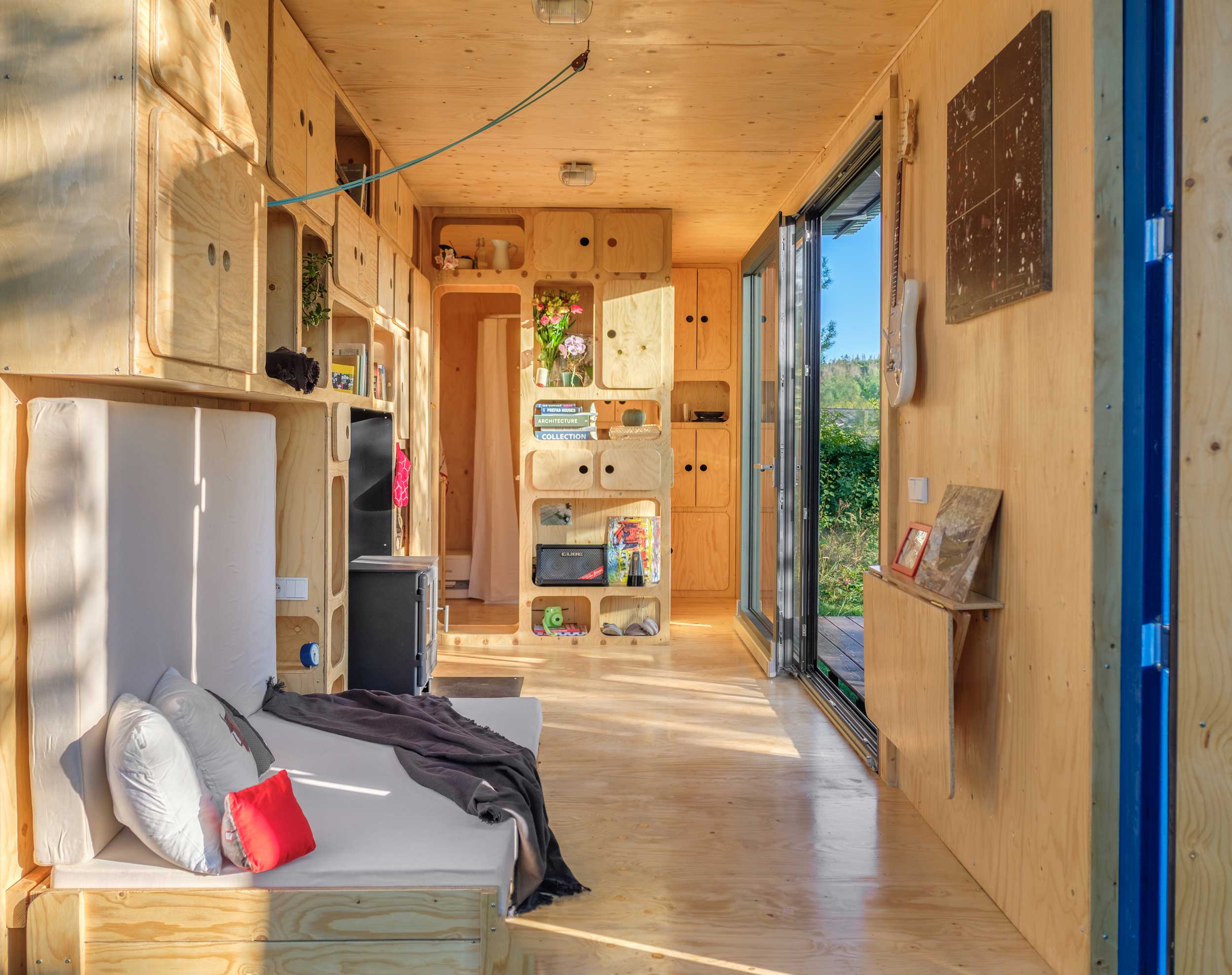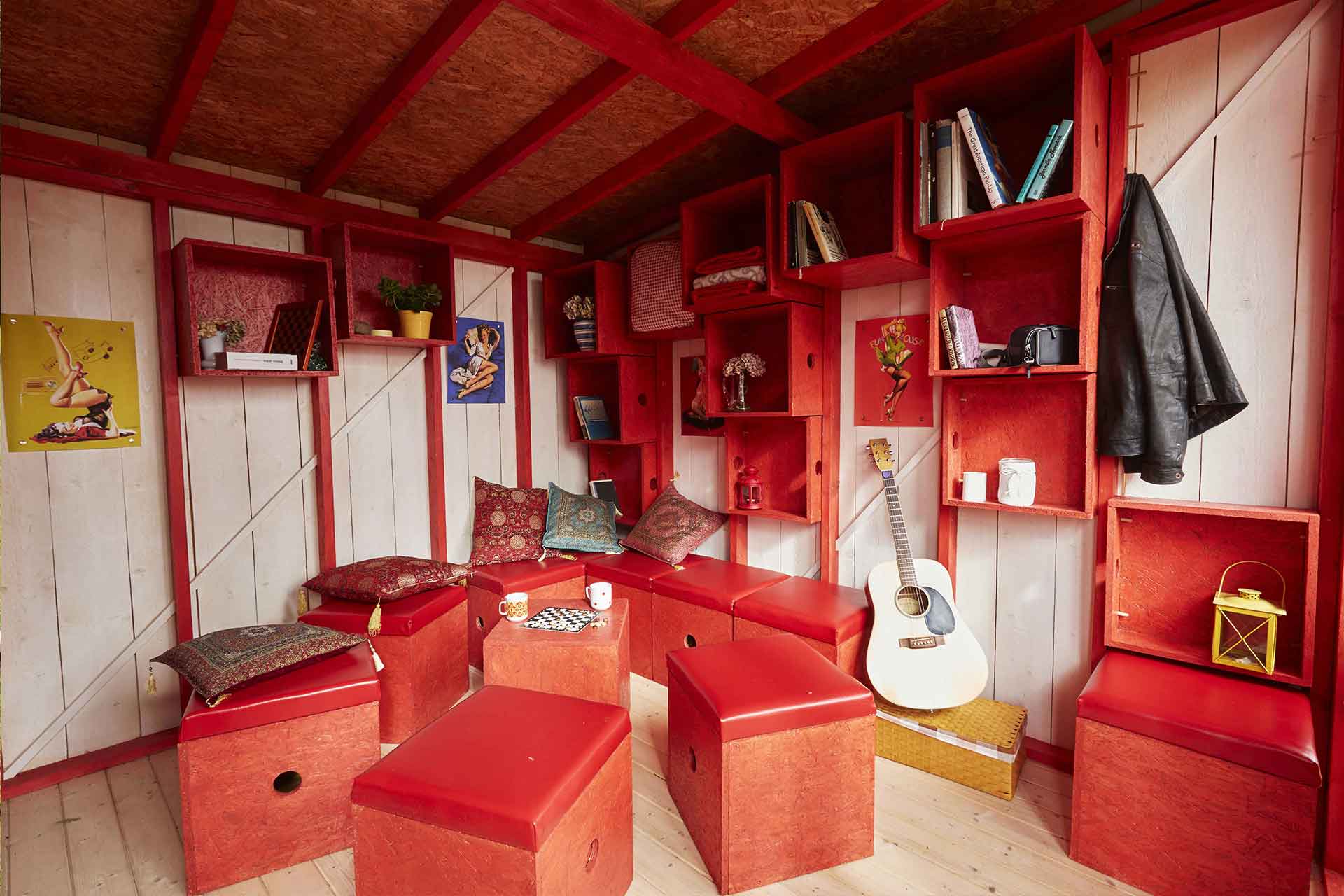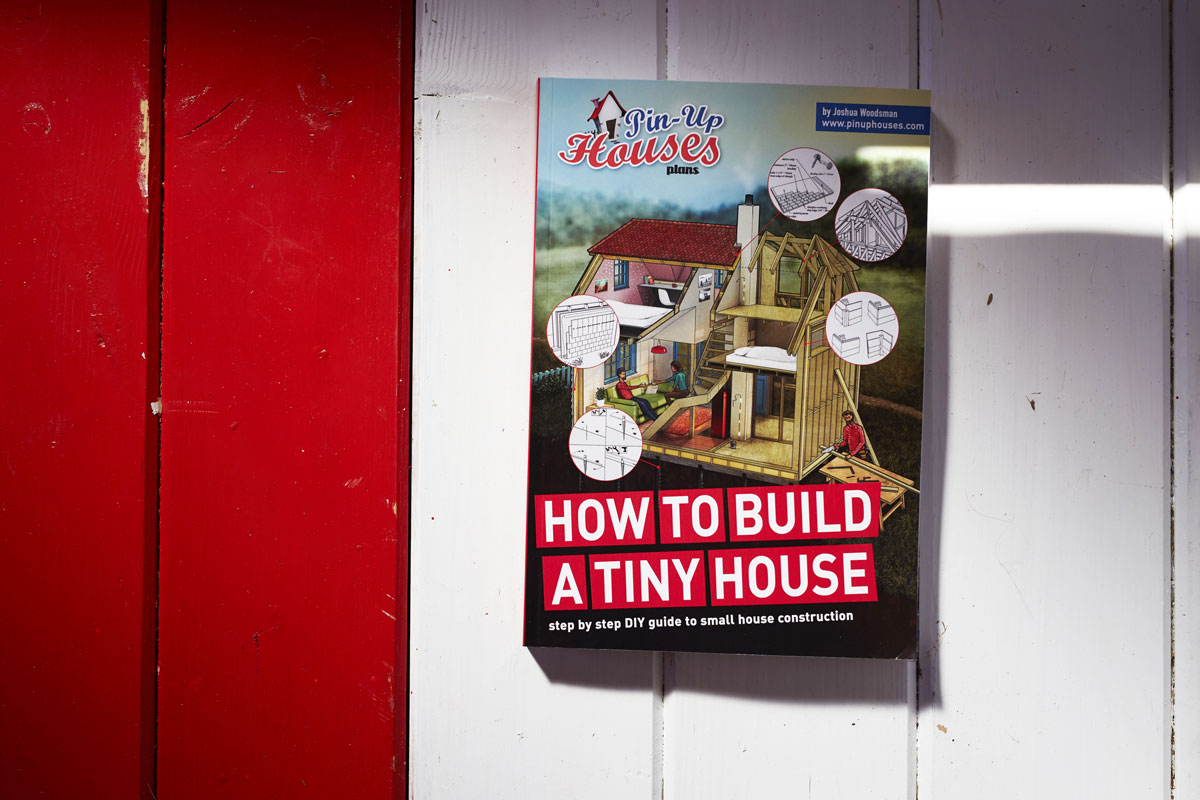Interior design may seem like a foreign concept to some. With all of the names corresponding to eras and confusion surrounding terms like modern and contemporary, it can be difficult to feel like you have a handle on the concept as a whole.
In this article, we discuss various interior design principles that will help you better understand each and whether they correspond to your tastes. Soliciting advice from top interior design firms can provide you with the valuable insight needed to accomplish the design of your dreams. Understanding the various types of interior design will better prepare you to speak about what sort of elements to include.
Modern Interior Design
“Modern” and “contemporary” are two different design styles. Modern design refers to clean and simple color schemes, a welcoming feel, clean individual elements, and the heavy use of glass and steel for siding replacements. Black and white dominate modern styles with interspersed shades of blue, red, and other prime colors.
The Modern Design era describes the era from the dawn of the 20th century. The style is rooted in German and Scandinavian design styles and architecture and it heavily favors logic and practicality. The focus of modern design favors functionality over form.
Contemporary Interior Design
Contemporary interior design is the prevailing design principle governing our current time period. A design style that was contemporary in the 2000s will have likely fallen out of vogue, and is, therefore, no longer considered contemporary. On the contrary, a style that once was modern will always be modern. Modern design style will never change while contemporary design is always in flux.
You can adjust the ruling contemporary designs you include in each room. Whether you have a living room, bedroom, or dining room, you can incorporate contemporary design elements. For example, a contemporary kitchen is a mix of new and old that makes it perfect for all members of the family to have a conversation.
Because contemporary design is often a mix of old trends with new, a significant portion of past design principles are typically incorporated. For example, a contemporary room might include minimalism, modernism, Art Deco, and historical design elements such as Victorian-era design.
Art Moderne Interior Design
Art Moderne originated in the US in the early 1930s and was popular until the late 1940s. Interior design favored bolder, bigger, components and featured furniture designed with a swelling curve and other decor items that were either stripped down or muted. Designers often refer to this style as American Modern or Modernist.
Mid-Century Interior Design
As the name suggests, this design trend became popular after World War II. It utilized vivid color from head to toe, ceiling to floor, with wall art, crisp lines, and indoor plants that tied everything together. Mid-Century Interior Decor was in vogue until around the 1960s and as with much of every other trend at the time, minimalist design and functionality were favored. The Mid-Century has a classic nature that makes it one of the most timeless design techniques on this list. It creates homes that are the expression of the homeowner.
Minimalist Interior Design Style
While other design styles on this list feature minimalist principles, the minimalist design itself features a ruthless application of minimalist design principles. From simple furnishing to neutral color pallets and functional, not flamboyant accessories, everything in minimalist design is streamlined, simple, and functional. There is no excess in minimalism design, making it popular in contemporary design circles due to its sustainability and simplicity.
Scandinavian Interior Design Style
Scandinavian interior design also features simple, functional features. However, it has more of a warm, inviting atmosphere that makes it stand out from pure minimalist designs. The style emphasizes affordability over necessity. In Scandinavian design, it’s acceptable to have bare ornamentations, rounded furniture, and organic and sleek detailing so long as it’s not ostentatious. With bare layouts and arrangements, one could call the Scandinavian design an amalgamation of minimalism and mid-century styles.








Shabby Chic Interior Design Style
The Shabby Chic is an aptly named design style featuring relaxed design elements cultivated by airy lighting fixtures, antique-touch furniture, and vintage-inspired charms. Inspired by modern designs, it retains some of the elements from contemporary design.
Eclectic interior Design Style
Eclecticism is about picking ideas and inspiration from a wide range of other design principles. The result is usually bold homes that have design elements from multiple eras that can span as long as centuries. With contrasting elements such as varying colors and textures, eclecticism is best reserved for those who can’t settle on a specific style and prefer displaying their creativity.
One of the most apparent benefits of eclecticism is that it affords you limitless possibilities and you don’t have to be constrained to particular eras for inspiration. If you want a bohemian-style living room, you can study the design elements from that era and access boho elements and furnishings that create that feel. You should take care about chairs and sofas, but they don’t need to be too expensive, as you can follow eclectic design even with budget sofas.
Background colors are typically neutral and allow the designer to highlight accessories and furniture. Rooms designed with eclectic style have multiple focal points and work to balance colors and textures to not overwhelm the onlooker.
At the core of eclecticism is the idea that all design styles are worthy of use given the right application. Decorators should celebrate these styles and learn to create their own version, building on the past. There is freedom innate in eclecticism that can be very appealing for anyone trying to create something unique that doesn’t conform to established trends.
Key Takeaways
When deciding which design styles you prefer most, it’s important to remember that you don’t have to be too rigid in your application of these styles unless you truly want to implement a specific feeling to your home.
When deciding on your interior design style, it can be highly beneficial to consult the expertise of a professional interior designer. These professionals have years of experience incorporating multiple design styles into homes of all kinds such as yours. They will be able to issue guidance on budgetary concerns, stylistic choices, and the overall feeling and application of your interest in interior design. They are the gateway to accomplishing all of your design visions.











